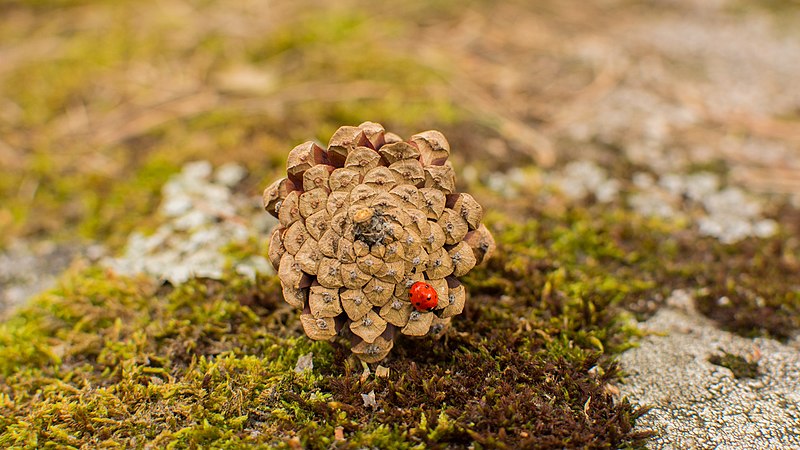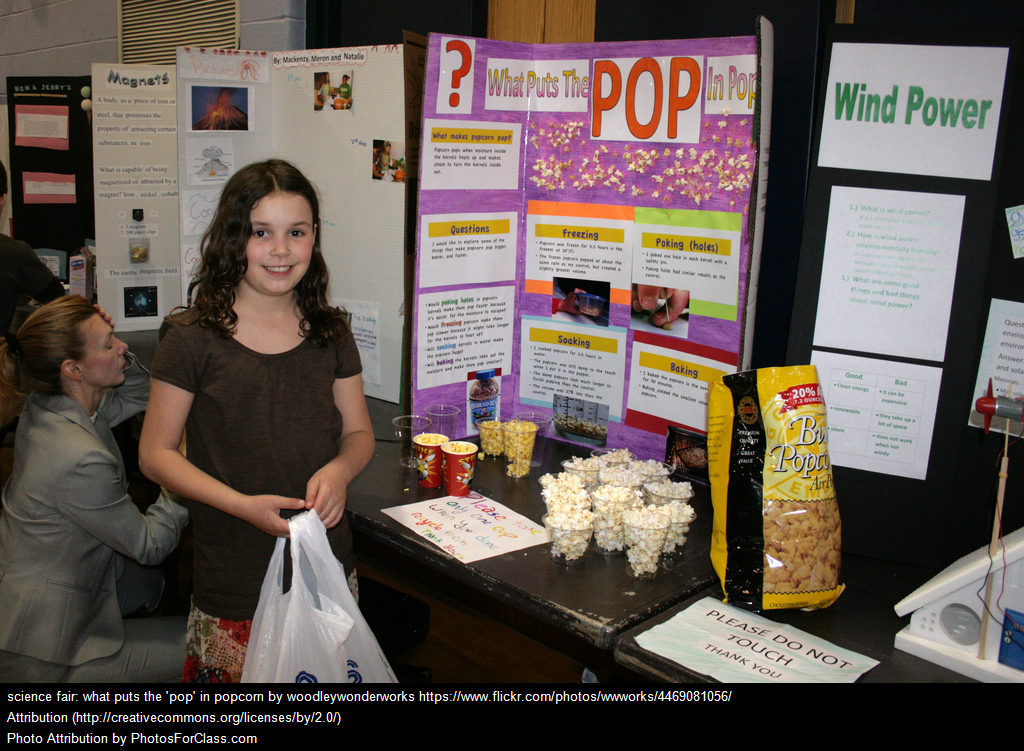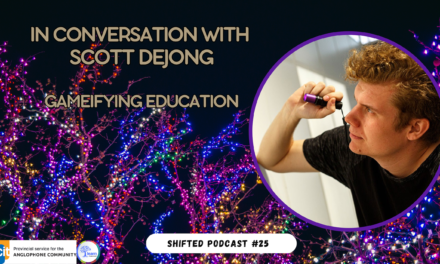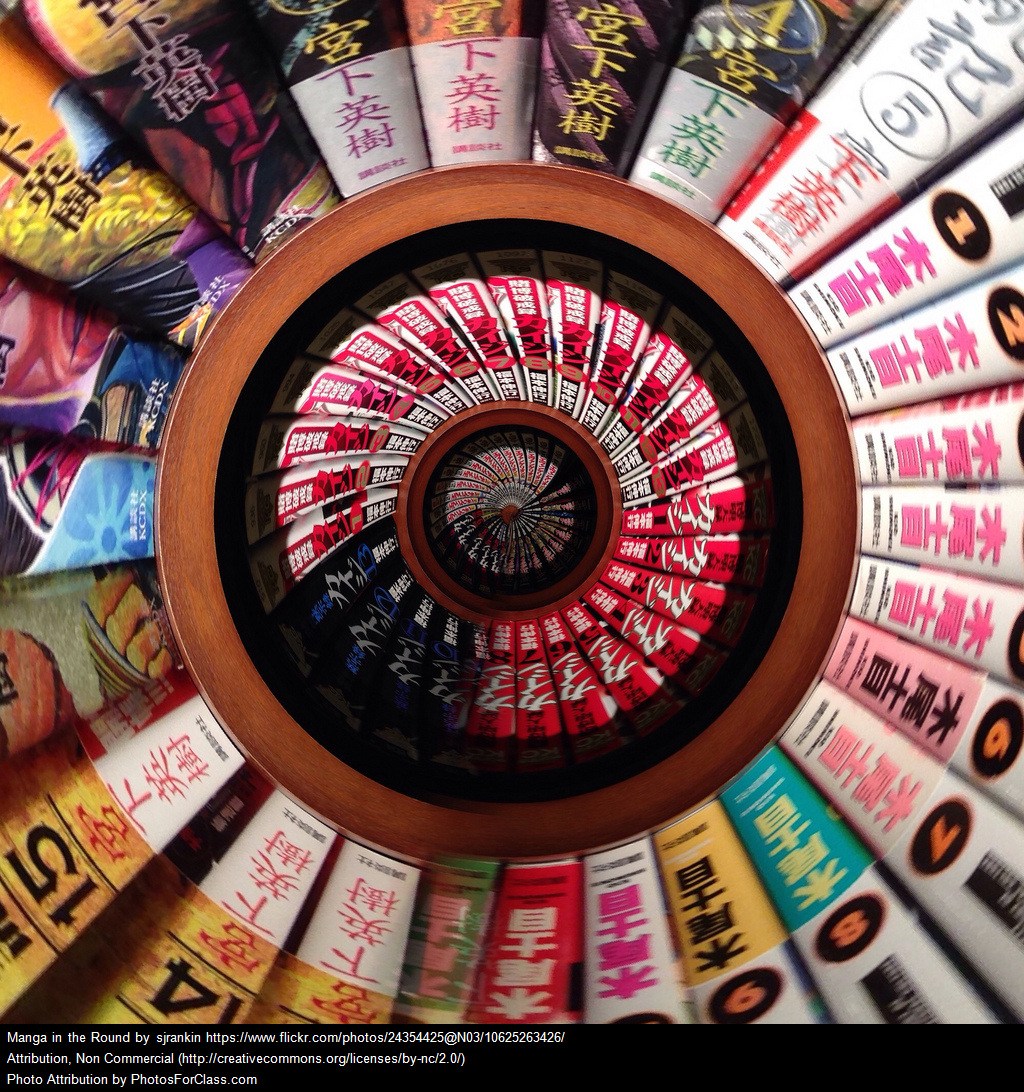Within a wide open space, students are able to engage in the real world where they can practice ‘learning by doing’. Let’s start simple under the open sky by using what is already out there: trees, leaves, sun and shadows.
There are many reasons to stay local when you’re taking students outdoors for the first time or even on a regular basis. An easy first step is to explore the “green space, sports facilities, and ornamental gardening at the front of the (school) building.” This simple start “costs less, often reduces the need for permission protocols and involves fewer administrative procedures” (Kozak & Elliott, 2014). So how can we make the best use of these available spaces?
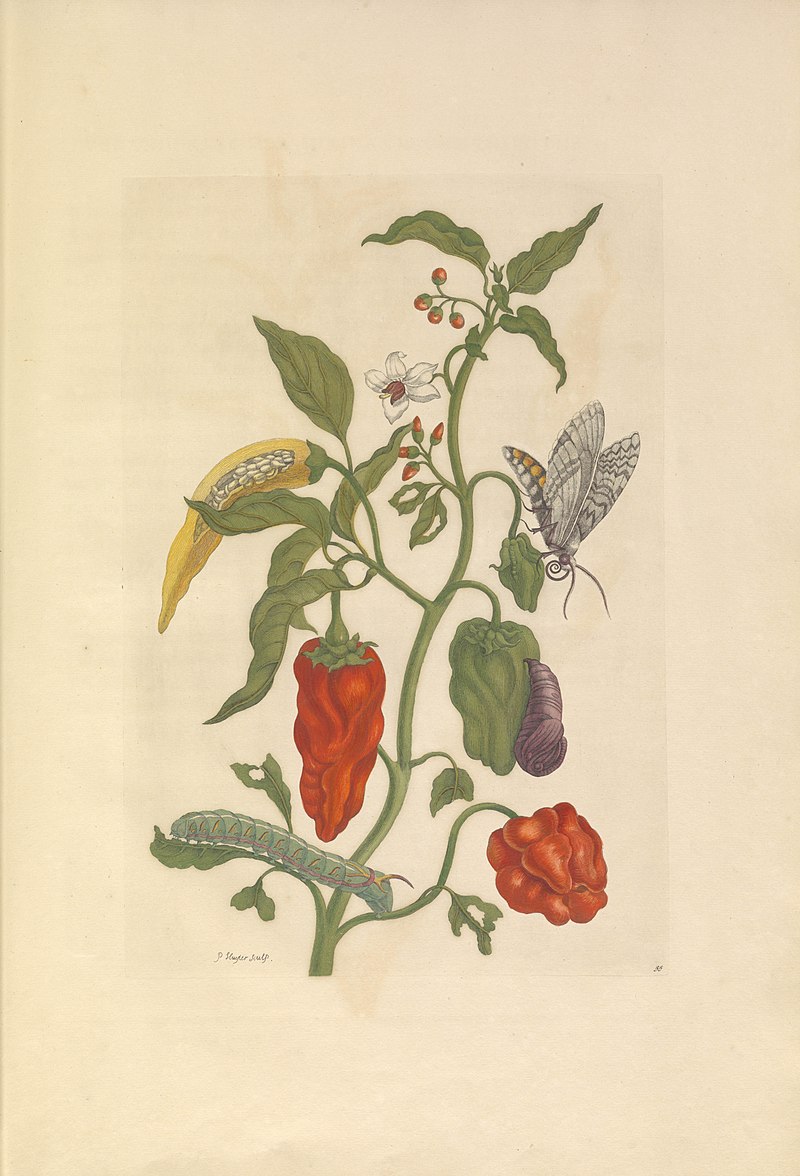 First, there are some basics to cover to help bring focus before taking a group of students outside. Instead of falling into the “recess syndrome”, where students see outside as free time, start sessions with energy-burning activities that involve movement with “sensory awareness” before introducing the quieter activities like “outdoor silent reading, writing in journals, observing, and art activities.” The good news is, “teachers find that as students get used to doing activities outdoors they thrive on it, and actively solicit opportunities to do more, reducing behavioural challenges” (Staniforth, 2009). Another key piece is to communicate a clear intent to the students because when you “take your class outdoors, you need to have a purpose, something for them to do and keep them busy, if you keep them busy they stay engaged” (Metropolis, 2020). The best-laid plans need to keep room for flexibility when students’ questions arise to model a spirit of exploration and discovery.
First, there are some basics to cover to help bring focus before taking a group of students outside. Instead of falling into the “recess syndrome”, where students see outside as free time, start sessions with energy-burning activities that involve movement with “sensory awareness” before introducing the quieter activities like “outdoor silent reading, writing in journals, observing, and art activities.” The good news is, “teachers find that as students get used to doing activities outdoors they thrive on it, and actively solicit opportunities to do more, reducing behavioural challenges” (Staniforth, 2009). Another key piece is to communicate a clear intent to the students because when you “take your class outdoors, you need to have a purpose, something for them to do and keep them busy, if you keep them busy they stay engaged” (Metropolis, 2020). The best-laid plans need to keep room for flexibility when students’ questions arise to model a spirit of exploration and discovery.
Let’s take a look at what is possible outdoors with your class.
A Bird’s Eye View
Mapping as an activity is a wonderful way to help students look at their space from a bird’s eye point of view. A popular entry point is having students review your local area with Google maps to identify nearby green spaces. With this aerial view in mind, students can start to move through the space and make a grid by “orienting themselves in a location using a compass and the sun” while “determining distance with pacing and tape measures” to “understand scale” and “determine heights and diameters” (Hoffmann, J. & Jones, K., 2001). Another exercise is to show students ways to measure a tree by using their bodies as instruments of measurement (Learning through Landscapes, n. d.). To make use of paved areas, students can make sundials drawn in chalk to track time with shadows.
X Marks the Spot
Susan Underwood, an elementary school, follows a different path for experiential learning with her students. She says, “I like doing mapping without getting too technical…the big idea for me is that kids are choosing a special place to map…a backyard or a schoolyard or a meadow close by. Somewhere that matters to them, somewhere within the neighborhood that they can visit and observe and connect with” (Staniforth, 2009). On a walk, students can also map out a rough sketch of whatever catches their eye to make their own treasure map (Laws Muir, J. et al., 2012). Back indoors, students can add more details and colours, whether it’s a loose sheet on a clipboard or a nature journal.
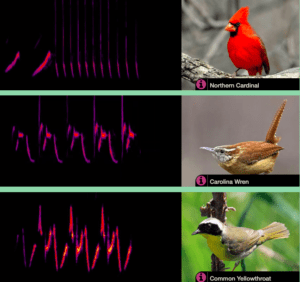
Educators at OISE who research inquiry-based teaching in mathematics and science have found that “[m]athematical cognition is rooted in the body and its relation to the space in which we live and move. Movement through space offers children an essential mode of understanding that can’t be easily replicated at a desk. Physically grounded understanding through kinesthetic and other senses – especially vision – provides a basis for the symbolic models and abstractions of complex mathematics” (Robertson program, 2020).
Hard to Spot, Easy to Hear
Teachers can also invite students to find different items and track their findings on laminated cards or on digital devices for a schoolyard wide scavenger hunt to keep students focused and active. Younger students can track birds by playing Bird Behaviour Bingo, or a Spring Scavenger Hunt, or trying Apps like Seek or Nature Passport, while older students can use the Audubon Bird Guide App (HCTF, 2020). Counting birds is a good introduction to understanding data collection as students can proudly call themselves citizen scientists whenever they record their findings through Cornell Lab’s Project FeederWatch. As prep, students can research the types of birds found in their region on a bird map.
When in motion or sitting still, students can be guided to observe sounds in the area, then create symbols to represent these different sounds on a hand-drawn map. Experimenting with a noise meter App like Decibel X can add a mathematical measure to their field notes (Staniforth, 2009). A good reminder is to “start off by reminding kids that birds are hard to spot, but easy to hear. Have them close their eyes and listen. Can they point to where the song is coming from?” (Pita, 2017). During in-class preparations, Bird Song Hero can help train your ear with a spectrogram that displays pitches from low to high. It helps students commit to memory bird calls before taking it into a real-world experience.
For Colour Walks, students can identify and track which colours they observe on a walk from a colour wheel they have created from their pack of coloured pencils. Paint sample cards from the hardware store can be handed to the students “to match en route, and count how many matches they make” (Staniforth, 2009).
A Quick Sketch
Documenting by drawing, painting, or photographing the natural places around you should include a place to scribble notes and observations into a nature journal. By marking spots with “flagging tape…on a deciduous tree or shrub [bud],” students can return to the same spot over time to track and “draw its transformation as spring advances in the area”. Nature journals provide the opportunity to bring cross-curricular thinking into student work by touching on language arts, art, and science (Jackman, L. & Gale, M., 2020).
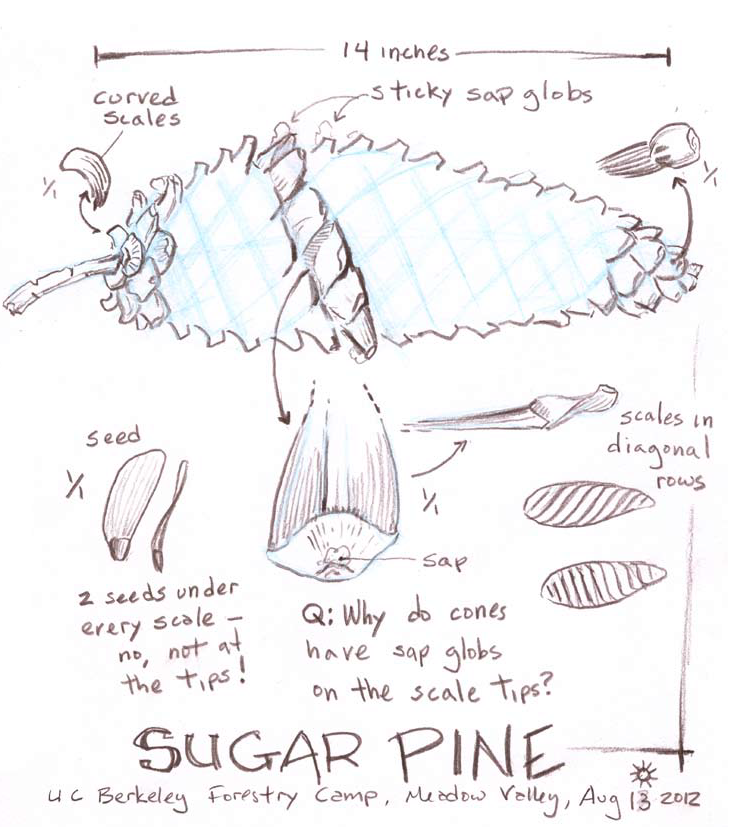 How students are introduced to nature journaling and field sketching can begin by showing examples from naturalists in the field to help guide students. Without it, “if you just tell students to make a drawing of a plant, those who are comfortable with art will treat it like an art project but may not push their observation skills, and those who do not like art will shut down. Instead, students should be given explicit goals for a journaling activity that stresses looking at details and recording the data they observe.” As an exercise, explain to the class to pay attention to “three scales” of focus for each object found: magnified, life-sized, and then the whole environment. This type of field note-taking involves noting each part of the flora or fauna, recording dates, and location along with students’ observations. (Laws et al., 2012).
How students are introduced to nature journaling and field sketching can begin by showing examples from naturalists in the field to help guide students. Without it, “if you just tell students to make a drawing of a plant, those who are comfortable with art will treat it like an art project but may not push their observation skills, and those who do not like art will shut down. Instead, students should be given explicit goals for a journaling activity that stresses looking at details and recording the data they observe.” As an exercise, explain to the class to pay attention to “three scales” of focus for each object found: magnified, life-sized, and then the whole environment. This type of field note-taking involves noting each part of the flora or fauna, recording dates, and location along with students’ observations. (Laws et al., 2012).
Ephemeral Art
Students can engage with the space using art practices, making mandalas, finding fibonacci sequences in nature, or building temporal art. Students have created their own vegetable arrangements that replicate Giuseppe Arcimboldo’s portraits or used twine and sticks to build horses like Deborah Butterfield. Inspire your students to use natural materials by looking at the botanical wearables from Nicole Dextras or land art sculptures by Andy Goldsworthy.
Beyond the built-in fun and fresh air, research reveals that outdoor learning “provides a more inclusive learning environment for all kinds of learners. It provides opportunities for active, experiential learning that contribute to positive emotions and long-term memory retention” (Kozak & Elliott, 2014). Taking the time to view the local green spaces through a curriculum lens is a portal into many types of subjects and meaningful lessons.
Resources
Bird Protection Quebec: grants/info
Discovering the Outdoors Through Nature Journaling: resource list
ESEI Outdoor Education with 2 Quebec elementary teachers, webinar playback:
Sylvie Ozell, Forest Hill Jr. (LBPSB) & Kelly Fahey, Morin Heights (SWLSB)
Integrating Learning through Nature Journaling with Hilary Inwood from OISE, webinar Part 1 and Part 2
Outdoor Learning Store: books and webinars
Nature Journal book recommendations with Clare Walker Leslie
Nature Journaling Outdoor Education Collective
Spring Scavenger Hunt: handout
Walking Curriculum book by Gillian Judson
Wild Wonder Nature Journaling Conference
References
Arpruss. (n.d.). Large driveway, patio or garden sundial. Instructables.com.
https://www.instructables.com/Large-driveway-sidewalk-or-garden-sundial/
Blum, R. (2018). Discovering the outdoors through nature journaling. Nebraska Game Parks.
http://digital.outdoornebraska.gov/nebraskaland-magazine/discovering-the-outdoors-through-nature-journaling
Comay, J. (2020). Inquiry-based teaching in mathematics and science. The Robertson Program. https://wordpress.oise.utoronto.ca/robertson/2020/09/11/taking-math-outside/
Hall, S. (2021). Making Mandalas. Toronto Outdoor Education Schools.
https://sites.google.com/tdsb.on.ca/toeslearnfromhome/
Hoffman, J. & Kari Jones, K. ( 2001). Barefoot mapping. Sierra Club of British Columbia.
https://greatbearrainforesttrust.org/wp-content/uploads/2018/05/Barefootmapping.pdf
Humphries, S. (2019). Experiential outdoor learning in the schoolyard. Green School Yards America.
https://static1.squarespace.com/static/57682b81725e25259d8396e3/t/5dede6c4c2fab6555b2e5676/1575872206622/19-12-08_OutdoorLearning-SusanHumphries-GSA-m.pdf
Jackman, L. & Gale, M. (2020). Curriculum linked activities to use outside tomorrow!. Kootenay Columbia Environmental Educators. http://eepsa.org/wp-content/uploads/2020/09/Curriculum-Linked-Activities-to-Get-OUTSIDE-Tomorrow-1.pdf
Keiren (2020). The fibonacci sequence in nature. Insteading.com.
https://insteading.com/blog/fibonacci-sequence-in-nature/
Kozak, S. & Elliott, S. (2014). Connecting the dots: Key strategies that transform learning for environmental education, citizenship and sustainability. Learning for a Sustainable Future.
https://resources4rethinking.ca/en/professional-development/resources
Laws, J.M., Breunig, E., Lygren E. & Lopez, C. (2012). Opening the world through nature journaling Integrating art, science & language arts (2nd ed.). https://www.cnps.org/education/students/parents-teachers/nature-journaling-curriculum-request
Metropolis, C. (2020). How environmental education can contribute to a ‘just’ recovery. TDSB EcoSchools.
https://www.youtube.com/watch?v=mljvO1M53bo
Pita, M. (2017). Easy ways to get kids birding. Audubon.org.
https://www.audubon.org/news/easy-ways-get-kids-birding
Staniforth, S. (2009). Get outdoors! An educator’s guide to outdoor classrooms in parks, schoolgrounds and other special places. WildBC, BC Parks, BC Ministry of Education, Parks Canada & Metro Vancouver.
https://kbee.ca/wp-content/uploads/2020/04/go-pdf-dec-2019.pdf

